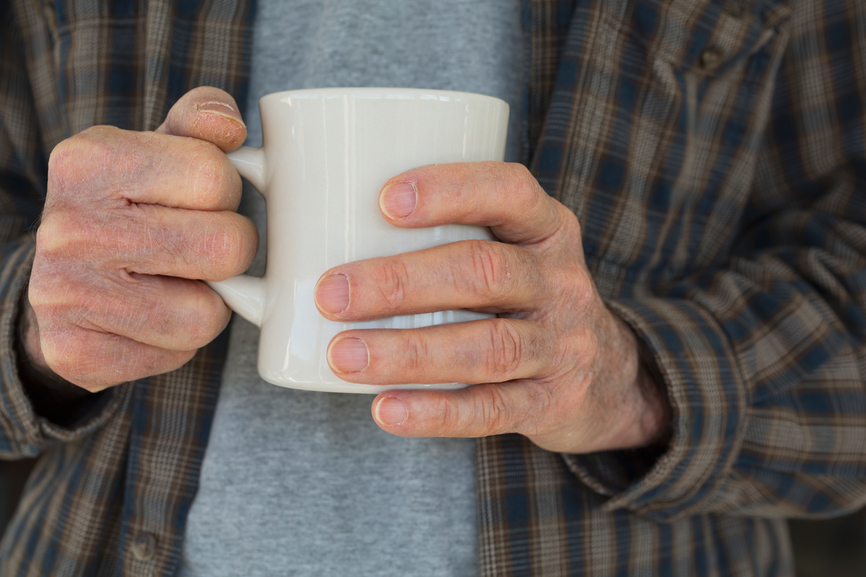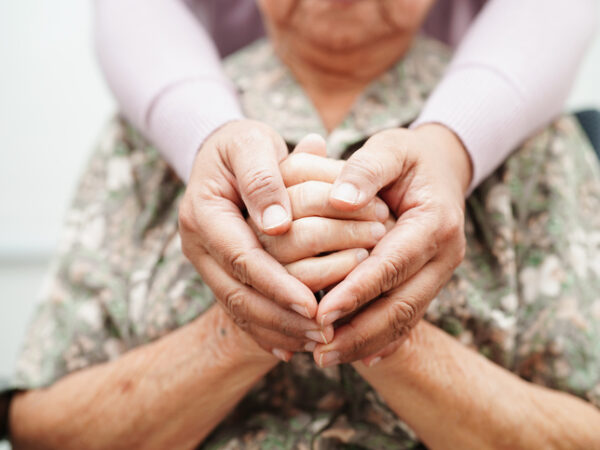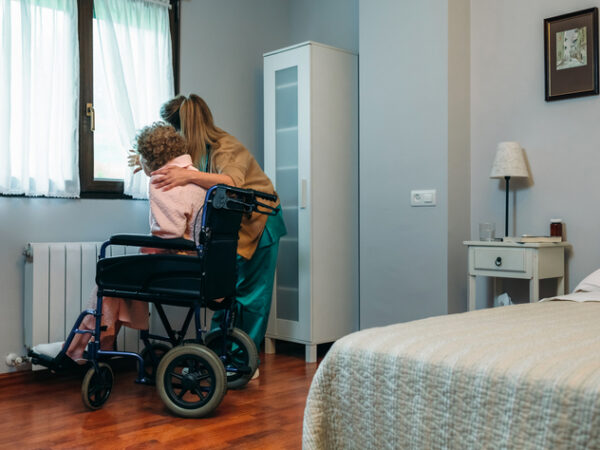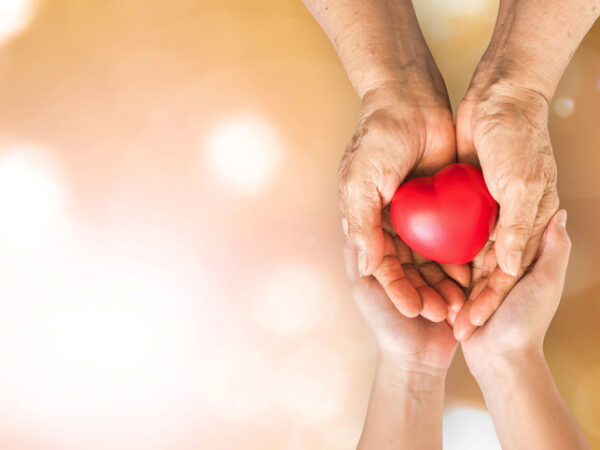November is Healthy Skin Month and with cold winds outdoors and forced air heating drying out skin indoors, it’s more important than ever to ensure older adults are properly hydrated. In the warmer months, it’s more likely that we turn to cool drinks to quench thirst and replenish fluids we lose by sweating. But it’s equally important to drink enough in the winter months as well.
Not only will getting plenty of fluids keep skin hydrated from the inside out and help prevent dryness and wrinkling, proper hydration ensures the whole body is functioning well and metabolizing food and medications properly.
Dry, dehydrated skin is common in the aging process when the sebaceous glands tend to be less active, blood flow to the skin diminishes and the protective lipid barrier thins. Dehydrated skin can be itchy, sensitive, tight-feeling and prone to flaking and fine lines.
Older adults may experience a decline in the thirst sensation and need reminders to take in enough fluids. Decaffinated teas, fruit juices and low sodium soups are good alternatives to plain water and may encourage seniors to drink more liquids. Dehydration is a common cause of hospitalization among the elderly and can be life threatening if severe enough.
To care for skin during the winter months, try using a humidifier to add moisture to the air when the furnace is running. More humid air feels warmer so using a humidifier, set at 30 to 50 per cent humidity, may also allow you to comfortably keep the thermostat a few degrees lower. Shorter, cooler showers with a gentle soap-free wash can help prevent stripping of natural oils which protect the skin.
Switching to a barrier skin cream in the colder months may also help prevent skin from drying and cracking. And don’t forget hands and feet, which have fewer oil glands, can dry out more easily. Always wear gloves outdoors to protect hands from chapping.
To learn more about caring for dry skin, visit the Cleveland Clinic website here.






Add Your Voice
0 Comments
Join the Discussion